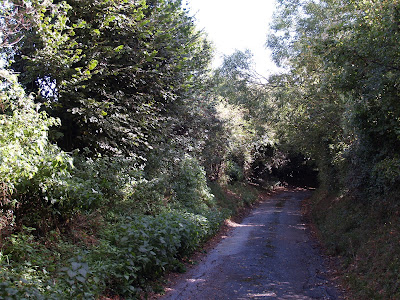Polyunsaturated herb dumplings for stew
When we were in Edinburgh, I was talking to a Scots nationalist who said, irritatingly, that the English had no sense of their own identity. I thought - think - that he is wrong, but it is undoubtedly true that we are not assiduous cooks of our indiginous cuisine.
So yesterday, to go with an oxtail stew, I made dumplings. Nice, light, polyunsaturated dumplings. With parsley. Delicious. And very English. Better than haggis, no?
4 oz plain flour (it was a very ancient cookery book, this sort of cooking is deeply unfashionable, but that's to say 125g)
2 level tsp baking powder
1/2 tsp salt
1 oz (30-40g) heart-healthy margerine (I used Flora)
1 egg (next time I'll use only the white)
a handful of chopped parsley
a little skimmed milk
Mix the flour, salt, baking powder, then rub in the marge. I did this in a Magimix. Add the chopped parsley and egg, then a little milk to bind it all into a stiff dough. You won't need much, in fact, the less you use, the lighter the dumplings will be.
Flour your hands, then make little marble-sized balls of dough, and drop them into your piping hot stew 20 minutes before you want to eat. When you take the lid off, they'll be three or four times the size, light and airy.
A lovely old-fashioned treat, and particularly good when there are lots of people wanting to eat not much stew ... which I suppose is why they were invented in the first place. And not a hint of saturated fat (once you've removed the egg yolk, which is only there to add flavour, but you don't need that if there are plenty of herbs, and if your stew is tasty).


































